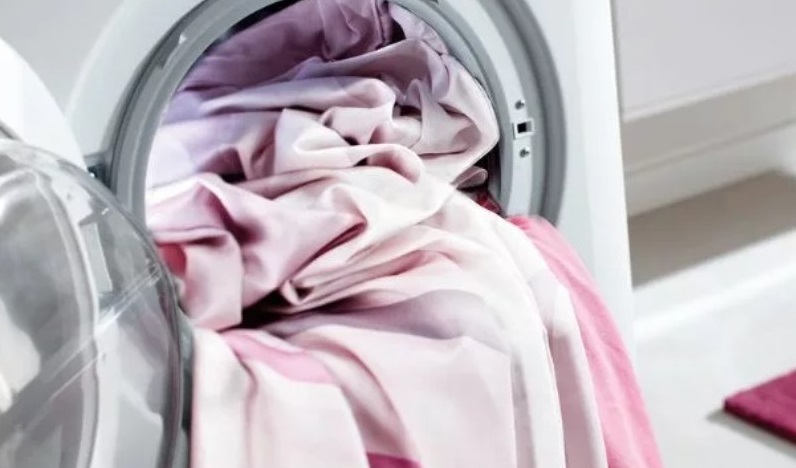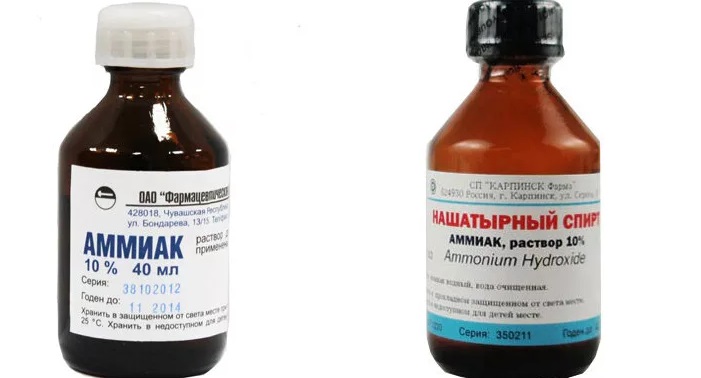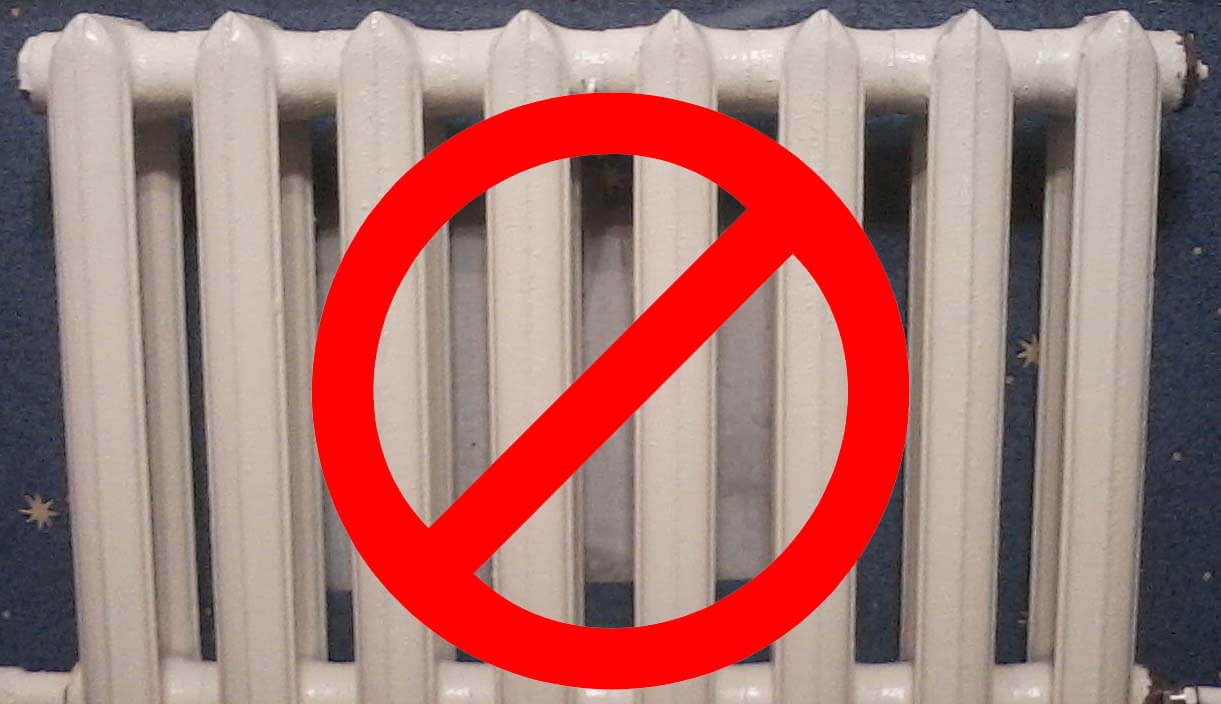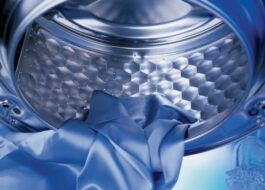Washing satin in a washing machine
 The question of whether satin can be washed in a washing machine worries many housewives. This material is particularly delicate and therefore requires specific care. Let's figure out whether automatic washing is allowed, or whether it is better to process the fabric manually. We'll tell you how to properly dry and smooth silk.
The question of whether satin can be washed in a washing machine worries many housewives. This material is particularly delicate and therefore requires specific care. Let's figure out whether automatic washing is allowed, or whether it is better to process the fabric manually. We'll tell you how to properly dry and smooth silk.
Hand wash preferred
Before washing any item, you should read the information on the label. There the manufacturer indicates how it is recommended to care for the product. In the case of satin, it is advisable to give preference to hand washing - this way the material will not deteriorate ahead of time.
On the label, the manufacturer indicates the optimal water temperature for washing satin. Usually this is no more than 30°C. It is important to strictly follow this recommendation, otherwise the fabric may be damaged.
If there are no stains on the clothes, it is better to simply refresh them by hand in slightly warm water. When the product is heavily soiled, it is permissible to pre-soak the item in a soap solution for 5-10 minutes. You cannot wring out the satin by twisting it - this will deform the material, causing folds and creases to appear on it.
Let's wash a satin item in a machine
Experts advise using automatic washing as little as possible. If possible, it is better to refresh the atlas manually. If you decide to load an item into the machine, be sure to:
- run the delicate mode, the “Wool” or “Silk” program;
- make sure that the water heating temperature is up to 40°C;
- turn off automatic spin;
- enable the “Extra rinse” option.

Drying satin in a machine is prohibited. For washing, you should choose special delicate detergents.You will have to give up the usual powder - the granules do not completely dissolve in cool water and get stuck in the fabric, resulting in stains and dirty streaks on things.
It is better to give preference to special gels for caring for silk or woolen items.
The use of bleaches is prohibited - they can give the satin a yellow tint. These items need to be rinsed several times. To maintain the brightness of the fabric, you can add a little nine percent vinegar to the water. If you think you might not be able to handle washing satin pillows, curtains or other large items, it's best to take them to the dry cleaner.
We remove specific contaminants
When there are stains on the fabric, they must be treated before the main wash. The course of action will depend on the nature of the contamination. If these are fresh, greasy marks, it is recommended to gently blot them with a dry, clean cloth. The main thing is not to rub the oil in forcefully, otherwise the fat will be absorbed into the fibers of the fabric, and it will be much more difficult to remove it.
After blotting, greasy stains should be sprinkled with rye or wheat flour. Then the product is set aside for an hour - during this time the fat molecules are absorbed into the granules. Next, you need to shake the item thoroughly and treat the area of contamination with a soft brush. Now the satin can be washed in soapy water.
If the rules of drying or ironing were violated, then “glossy marks” may form on the satin product. These defects are immediately noticeable and greatly spoil the appearance of the item. To remove the gloss, you need to:
- moisten gauze in nine percent vinegar;
- wring out the material and spread it on a shiny area;
- steam the area where it is glossed.
Blood stains, traces of sweat or cosmetics are removed from satin differently.We will tell you how to act in each specific case.
- Ammonia can cope with traces of sweat. It is necessary to moisten a cotton pad in alcohol and wipe the material. After this, the clothes need to be washed.

- Stains from natural coffee, tea or wine can be removed with glycerin. The substance is sold in a pharmacy. The product is applied in a thin layer to the stain; the item should be left in this form for 30 minutes. Then the satin is washed in water, to which gel for delicate fabrics is added.
- Blood stains can be easily removed with starch “porridge”. It is necessary to apply it to the satin and leave for several hours until the mixture dries completely. Next, you need to shake off the powder and wash your clothes.
- Lipstick marks can be removed with ethyl alcohol. Soak a cotton pad in the product and treat the stain from the inside out.
If the stain is old, then it is first recommended to soak the satin item for 15-20 minutes in a soda solution. Afterwards, the product must be rinsed in water, adding a couple of tablespoons of table vinegar. Then a standard wash is carried out using a gel for cleaning delicate fabrics.
How to dry and can it be ironed?
It is important not only to wash things carefully, but also to properly prepare them for wearing. Satin products are strictly prohibited from being wrung or twisted. You just need to wait for the excess moisture to drain, and then lay the fabric on a flat surface to dry. It is allowed to hang clothes on clothes hangers and dry them in an upright position.
The drying method directly depends on the size of the product. For example, a satin wedding dress will be very heavy after getting wet, so it can stretch under its own weight. It is better to dry such items horizontally.At the same time, weightless silk underwear, shirts and blouses can easily be hung on hangers.
Do not dry satin on radiators, near heaters or in direct sunlight - high temperatures are detrimental to delicate fabrics.
Before storing clean satin items, be sure to iron them. There is no need to put wrinkled clothes in the closet, otherwise the wrinkles may remain on the fabric forever. The satin is smoothed from the inside out through gauze soaked in water.
Ironing should be done with the iron slightly heated, to a temperature of no more than 150°C. Be sure to ensure that the sole does not remain in one place for a long time - this can burn the delicate fabric. If you have a steamer in your home, it is better to use the device - this is the safest way to straighten the material.
Interesting:
Reader comments
- Share your opinion - leave a comment





















Add a comment